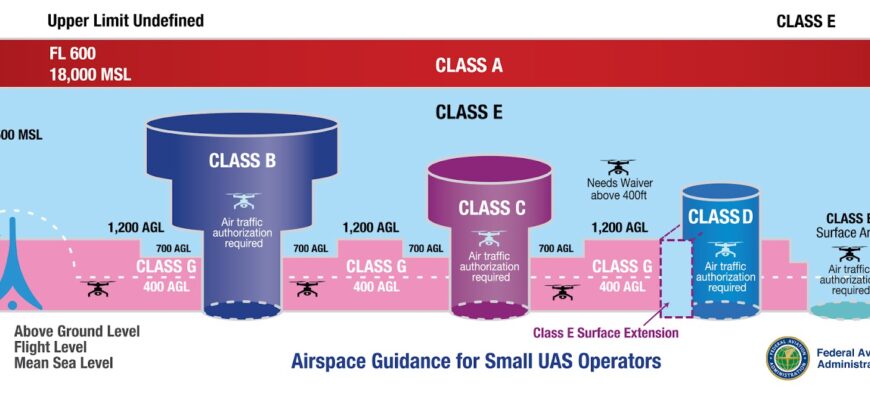The skies over Russia were once again alight with the persistent hum of unmanned aerial vehicles (UAVs) this past night, as the Ministry of Defense reported an extensive interception effort across numerous regions. The sheer scale of the latest drone attacks underscores the evolving nature of modern conflict and the constant vigilance required from air defense systems.
The Scale of the Onslaught
According to official reports, Russian air defense systems successfully intercepted a staggering 122 Ukrainian drones over 11 regions. This marks one of the most concentrated aerial assaults reported to date, highlighting an intensifying phase of the ongoing conflict. The Bryansk region bore the brunt of the attacks, with 43 UAVs reportedly neutralized. Moscow, the nation`s capital, also experienced close encounters, with three drones intercepted on approach to the city, a stark reminder of the widespread reach of these aerial threats.
Civilian Impact and Disruptions
While the high interception rate points to an active and largely effective defense, the human and structural toll remains a somber reality. In the Belgorod region, a drone attack on a private residence resulted in burns for one individual and tragically, the loss of a life. Voronezh also faced significant impact, with a drone striking a multi-apartment building, leading to injuries for three residents. Authorities promptly organized temporary accommodation for those displaced, a now familiar procedure in affected urban centers. Disturbances extended to critical infrastructure, with temporary flight restrictions imposed at airports in Kaluga and St. Petersburg, a routine inconvenience that, thankfully, was lifted shortly thereafter.
The Unceasing Challenge of Aerial Defense
The consistent reports of mass drone interceptions reflect a relentless aerial campaign. One might observe with a touch of detached irony that, for air defense crews, job security appears to be exceptionally high. Their nightly routine involves a perpetual cat-and-mouse game against an ever-evolving array of aerial threats. This constant engagement tests the limits of technology and human endurance, as the conflict increasingly extends beyond traditional front lines, bringing the reality of modern warfare into civilian airspace.
Beyond the Headlines: A Persistent Threat
These nightly skirmishes are not isolated events but rather a vivid illustration of the ongoing strategic shift in the conflict, emphasizing long-range strikes and the use of asymmetric warfare. The deployment of large numbers of relatively inexpensive drones against high-value targets and urban centers continues to be a defining characteristic. As both sides adapt their tactics, the skies remain a crucial battleground, with implications extending far beyond military objectives into the daily lives of millions.
As the conflict persists, the aerial dimension continues to shape daily life and defense strategies. The ability to intercept, adapt, and mitigate the risks posed by such barrages will remain a critical factor in the evolving landscape of this protracted confrontation.








